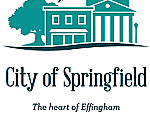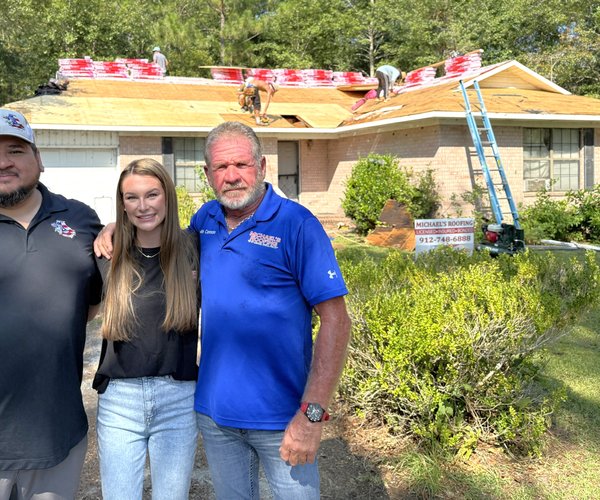State Insurance Commissioner John W. Oxendine said flooding across north Georgia has caused an estimated $250 million in losses, most of that amount uninsured.
“I spent some time surveying damage in affected areas of our state this afternoon, and I believe the damage total will easily reach $250 million,” Oxendine said. “Many of the homeowners afflicted by this event don’t have flood insurance.”
While a standard homeowner’s insurance policy covers damage from a variety of perils, it does not cover damage from flooding. A separate policy must be purchased through the National Flood Insurance Program, and can only be purchased if your community participates in the national program. However, some mobile home policies may cover damage caused by floods.
The Red Cross has more than 200 volunteers and staff and 18 emergency response vehicles in the area with more on standby. Cleaning supplies and comfort kits are being distributed and thousands of meals have been served to those affected by the flooding. Officials say estimates show as many as 3,000 homes may have been affected.
In case of a flood, the Red Cross issues these steps to people to remain safe as they return to their neighborhoods:
• Return home only when officials have declared the area safe.
• Before entering your home, look outside for loose power lines, damaged gas lines, foundation cracks or other damage.
• Parts of your home may be collapsed or damaged. Approach entrances carefully. See if porch roofs and overhangs have all their supports.
• Watch out for wild animals, especially poisonous snakes that may have come into your home with the floodwater.
• If you smell natural or propane gas or hear a hissing noise, leave immediately and call the fire department.
• If power lines are down outside your home, do not step in puddles or standing water.
• Keep children and pets away from hazardous sites and floodwater.
• Materials such as cleaning products, paint, batteries, contaminated fuel and damaged fuel containers are hazardous. Check with local authorities for assistance with disposal to avoid risk.
• During cleanup, wear protective clothing, including rubber gloves and rubber boots.
• Make sure your food and water are safe. Discard items that have come in contact with floodwater, including canned goods, water bottles, plastic utensils and baby bottle nipples. When in doubt, throw it out.
• Do not use water that could be contaminated to wash dishes, brush teeth, prepare food, wash hands, make ice or make baby formula.
• Contact the health department for specific recommendations for boiling or treating water in your area after a disaster as water may be contaminated.








